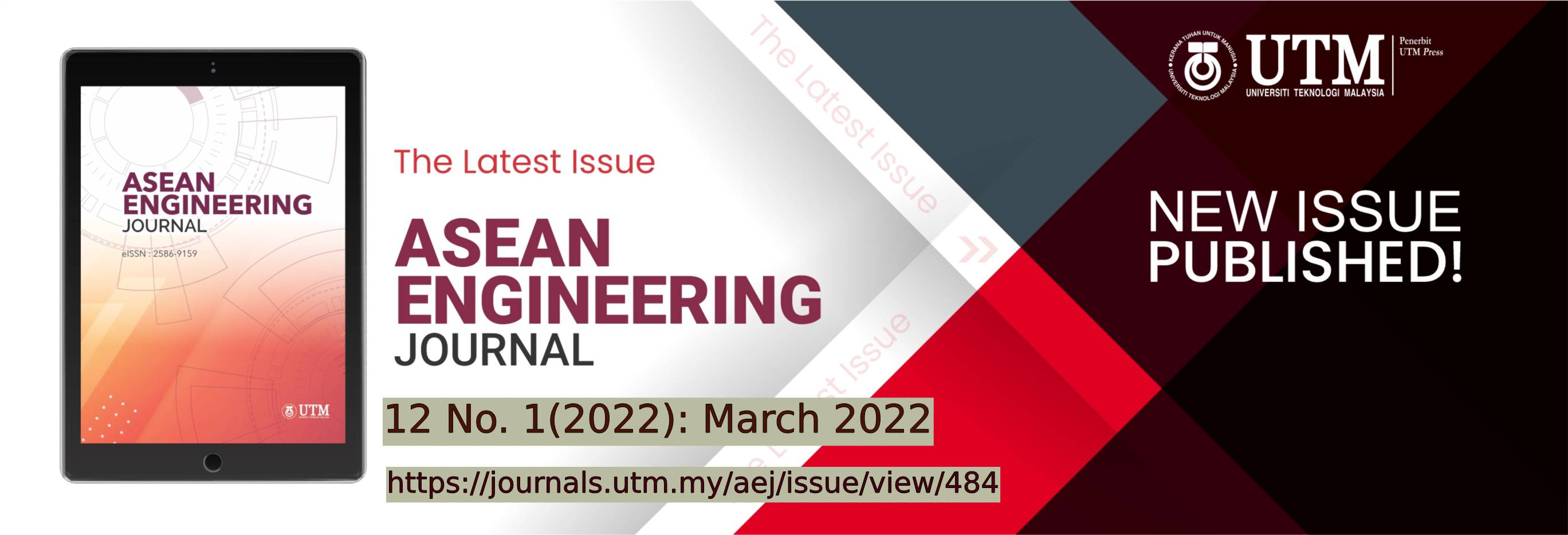WET DIAPER DETECTION AND NOTIFICATION DEVICE TO ALERT THE BABY CARETAKER
DOI:
https://doi.org/10.11113/aej.v12.16721Keywords:
Arduino pro mini, DHT22, Humidity detection, Temperature detection, Wet diapersAbstract
Diapers have been popular with parents for a past few decades now for protecting babies/children from urine when they urinate. However, there are some disadvantages when using diapers such as skin rash, irritation, and infection. Skin rashes can occur when the diaper is wet with urine and left to be used for a long time with the baby. This paper aims (i) to develop wet diaper detection and notification device for helping caretakers identify wet diaper conditions, (ii) to evaluate the performance of the wet diaper detection and notification device based on the response time to trigger notification after detecting wet diaper condition. The methods of this study were divided into four phases including project design, algorithm development, hardware development, and performance evaluation. This system serves to identify the wet diaper condition based on temperature and humidity values. DHT22 was selected as a main sensor and Arduino pro mini was selected as the microprocessor for this project. As the results, two wet diaper detection and notification devices have been designed and fabricated. Comparisons have been made to evaluate the performance between the first and second versions of the devices. The performance of second version device resulting better response time with 1700ms to notify the caretaker when detecting the wet diaper condition.
References
Mutalib, M.A., Saleh, N.S.S.N., and Masut, A. bin 2018. Quality Enhancement of Child Care Centres In Malaysia: An Analysis on Laws and Regulations. Journal of Education & Social Sciences. 9(1): 23–28.
Shee, K. and Jagtap, V. 2019. Effect of Health Teaching on Knowledge and Practice of Postnatal Mother Admitted In Selected Hospital Regarding Using Diaper in Children to Prevent Systemic Bacterial Infection. International Journal of Health Sciences and Research. 9(7): 95–101.
Yuan, C., Takagi, R., Yao, X.Q., Xu, Y.F., Ishida, K., and Toyoshima, H. 2018. Comparison of the Effectiveness of New Material Diapers versus Standard Diapers for the Prevention of Diaper Rash in Chinese Babies: A Double-Blinded, Randomized, Controlled, Cross-Over Study. BioMed Research International. 2018: 1-6. DOI : https://doi.org/10.1155/2018/5874184
O’Connor, R.J., Sanchez, V., Wang, Y., Gibb, R., Nofziger, D.L., Bailey, M., et al. 2019. Evaluation of the Impact of 2 Disposable Diapers in the “Natural” Diaper Category on Diapered Skin Condition. Clinical Pediatrics. 58(7): 806–815. DOI : https://doi.org/10.1177/0009922819841136
Šikić Pogačar, M., Maver, U., Marčun Varda, N., and Mičetić-Turk, D. 2018. Diagnosis and management of diaper dermatitis in infants with emphasis on skin microbiota in the diaper area. International Journal of Dermatology. 57(3): 265–275. DOI : https://doi.org/10.1111/ijd.13748
Carr, A.N., DeWitt, T., Cork, M.J., Eichenfield, L.F., Fölster-Holst, R., Hohl, D., et al. 2020. Diaper dermatitis prevalence and severity: Global perspective on the impact of caregiver behavior. Pediatric Dermatology. 37(1): 130–136. DOI : https://doi.org/10.1111/pde.14047
Umachitra, G. and Bhaarathidhurai 2012. Disposable baby diaper--a threat to the health and environment. Journal of Environmental Science & Engineering. 54(3): 447–452.
Blume-Peytavi, U. and Kanti, V. 2018. Prevention and treatment of diaper dermatitis. Pediatric Dermatology. 35. DOI : https://doi.org/10.1111/pde.13495
Coughlin, C.C., Eichenfield, L.F., and Frieden, I.J. 2014. Diaper Dermatitis: Clinical Characteristics and Differential Diagnosis. Pediatric Dermatology. 31(s1): 19–24. DOI : https://doi.org/10.1111/pde.12500
Arpitha, M., Dsouza, R., Shreya, K., and Ranganatha, K. 2020. Smart Diaper Moisture Detection System using IoT. International Research Journal of Engineering and Technology. 7(4): 5778–5782.
Sidén, J., Koptyug, A., and Gulliksson, M. 2004. The smart diaper moisture detection system. IEEE MTT-S International Microwave Symposium Digest. 2: 659–662.
Hardawar, D. 2019. Pampers gets into smart diapers with Lumi | Engadget..
Molina, J.R., Nakama, V.L., and Lefebvre, G. 2020. A low-cost measurement device for recording perceptions of thermal comfort. Journal of Physics: Conference Series. 1433 012006. DOI : https://doi.org/10.1088/1742-6596/1433/1/012006
Bogdan, M. n.d. How to Use the DHT22 Sensor for Measuring Temperature and Humidity with the Arduino Board. ACTA Universitatis Cibiniensis. 68(1): 22–25. DOI : https://doi.org/10.1515/aucts-2016-0005
Abdulrazzak, I.A.A., Bierk, H., and Ahmed, L. 2018. Humidity and temperature monitoring. International Journal of Engineering and Technology. 7(4): 5174–5177.
Adhiwibowo, W., Daru, A.F., and Hirzan, A.M. 2020. Temperature and Humidity Monitoring Using DHT22 Sensor and Cayenne API. Jurnal Transformatika. 17(2): 209–214. DOI : https://doi.org/10.26623/transformatika.v17i2.1820
Louis, L. 2016. Working Principle of Arduino and Using it as a Tool for Study and Research. International Journal of Control, Automation, Communication and Systems. 1(2): 21–29. DOI : https://doi.org/10.5121/ijcacs.2016.1203
Payal, D. and Sushilkumar, R. 2019. Remotely Monitoring of Health using Fitband. International Journal of Engineering and Advanced Technology. 9(1): 3283–3285. DOI : https://doi.org/10.35940/ijeat.A1445.109119
Jamaludin, N., Mohammed, N.I., Khamidi, M.F., and Wahab, S.N.A. 2015. Thermal Comfort of Residential Building in Malaysia at Different Micro-climates. Procedia - Social and Behavioral Sciences. 170: 613–623. DOI : https://doi.org/10.1016/j.sbspro.2015.01.063
Zakaria, N.A., Saleh, F.N.B.M., and Razak, M.A.A. 2018. IoT (Internet of Things) Based Infant Body Temperature Monitoring. in: 2018 2nd Int. Conf. BioSignal Anal. Process. Syst., 148–153. DOI : https://doi.org/10.1109/ICBAPS.2018.8527408
















